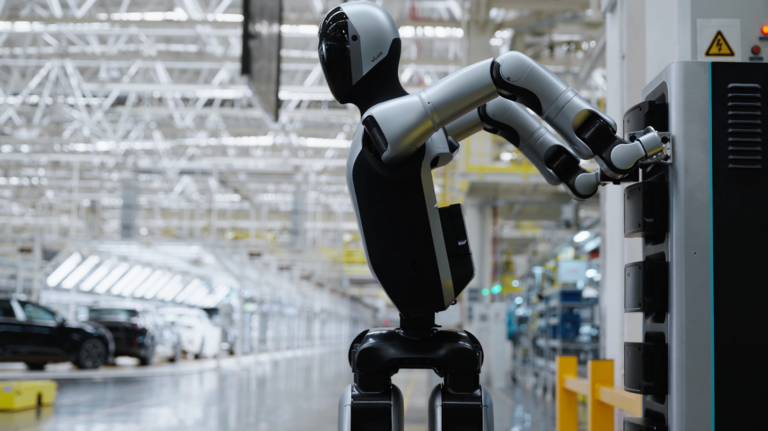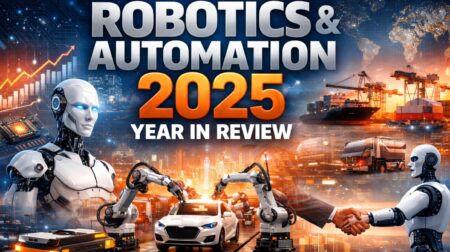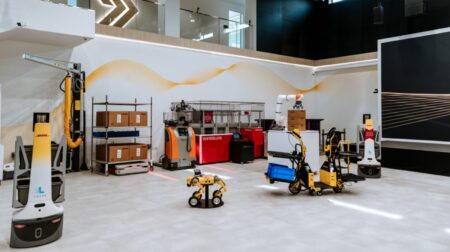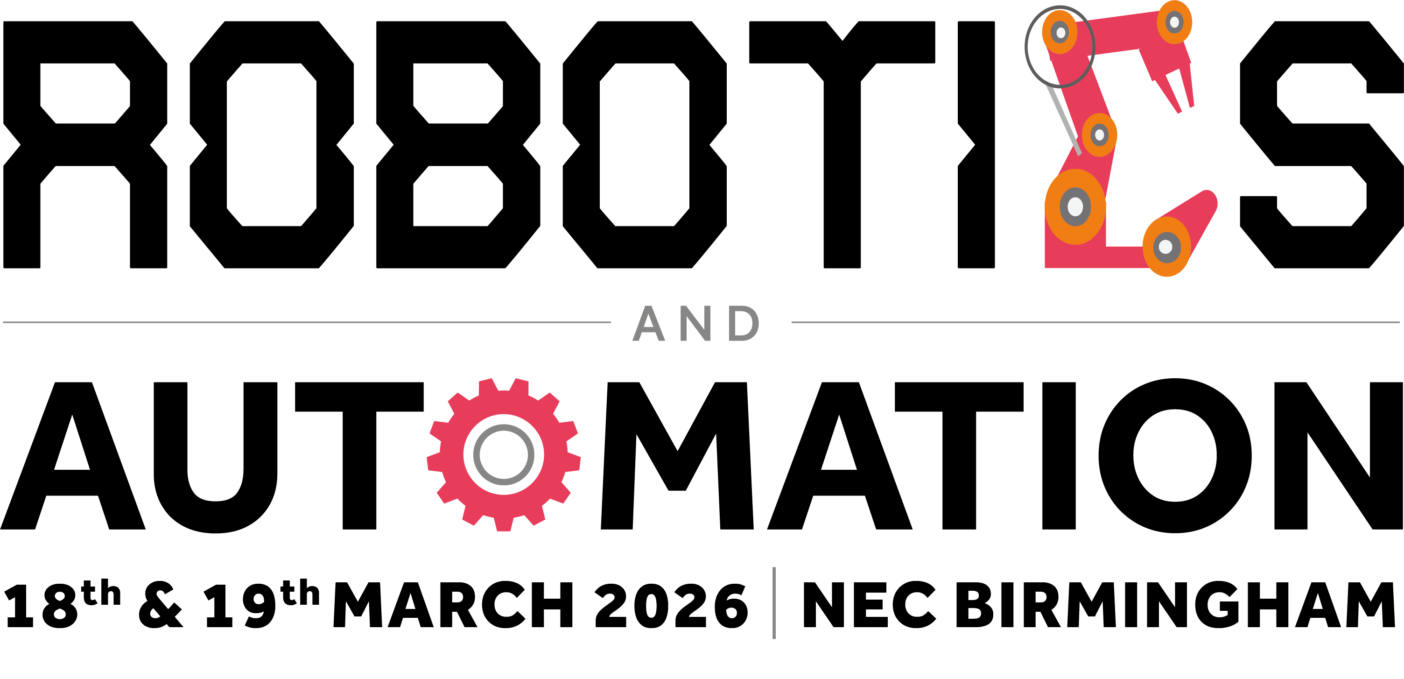UBTech Robotics has unveiled Walker S2, a next-generation robot capable of replacing its own battery without human assistance.
The update allows near-continuous operation, marking a step towards full robotic autonomy.
Walker S2 employs a dual battery system consisting of two 48-volt lithium-ion packs. When one battery approaches depletion, after roughly two hours of walking or four hours standing idle, the robot automatically returns to a charging station.
There, it removes the spent battery, docks it into a charging slot, installs a fresh unit, and resumes its tasks in less than three minutes. A secondary backup battery keeps the robot fully powered throughout the process, ensuring it never shuts down.
Standing at 160 centimetres tall and weighing approximately 43kg, Walker S2 is designed to operate within human-centred environments such as factories and warehouses.
It boasts 20 degrees of freedom, built-in Wi-Fi and Bluetooth connectivity, and onboard energy management software that determines whether a battery swap or plug-in charging is more efficient, based on task urgency.
The robot builds on earlier trials of UBTech’s Walker series conducted in collaboration with leading Chinese automotive firms including Nio, BYD, and Zeekr.
These pilots reportedly boosted sorting efficiency and helped cut labour costs by automating repetitive tasks. Now, Walker S2 is being positioned as a fully autonomous solution capable of 24/7 operation in industrial, logistics, and potentially even hospitality or healthcare settings.
UBTech’s unveiling aligns with China’s broader drive to lead in robotics and artificial intelligence. The company, which went public on the Hong Kong Stock Exchange in December 2023, sees Walker S2 as a scalable product with wide applications in modern automated systems.
A demonstration video released by the firm shows Walker S2 walking to its docking station, rotating its torso, ejecting the depleted battery, inserting it into the charger, retrieving a fresh module, and returning to work without delay—all within three minutes and without any human intervention.
This innovation may signal more than just technical progress; it offers a glimpse of a future in which humanoid robots no longer depend on human input to recharge and can instead operate continuously, transforming how automation functions across industries.
Innovative applications of technology in retail and e-commerce, healthcare and pharmaceuticals, food and beverage, automotive, transport & logistics, and more will be celebrated at the Robotics & Automation Awards on 29 October 2025 at De Vere Grand Connaught Rooms in London. Visit www.roboticsandautomationawards.co.uk to learn more about this unmissable event for the UK’s robotics and automation market!









